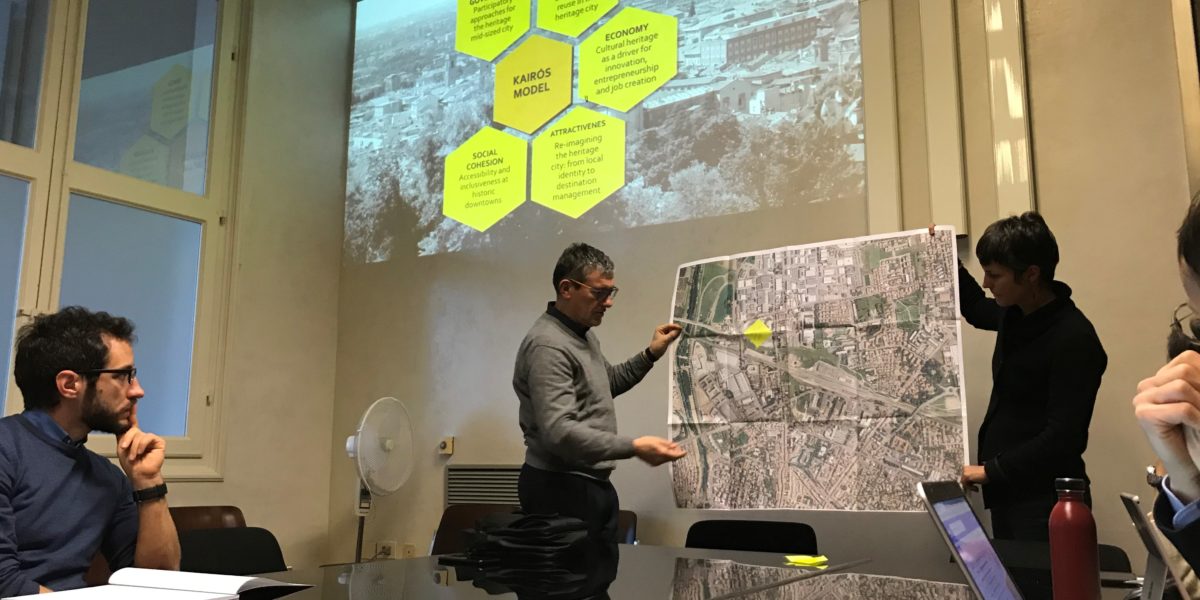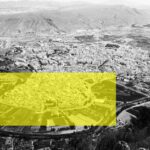Kairós. Heritage as urban regeneration
TASO was hired as lead expert for KAIRÓS, an URBACT Action Planning Network focused on expanding the role of cultural heritage as a driver for sustainable urban development and regeneration. To that aim, an ad-hoc integrated approach was tested by assembling a number of key dimensions, namely: Space, Economy, Social Cohesion, Attractiveness and Governance. This KAIRÓS five-pillar model proved to be helpful in driving action planning in a variety of circumstances and local needs. From revitalizing Šibenik´s old town, a place with an outstanding beauty in the Croatian seashore, but affected by depopulation, tourism-driven gentrification and lack of urban vitality during the low season; to reverting the vicious circle of degradation of the historic Barrios Altos of Mula, in the southeast of Spain. During 30 months, the project worked at two levels. Locally, each network city co-produced an Integrated Action Plan along with a group of selected stakeholders. Internationally, a learning and exchange itinerary was rolled out, including baseline study, thematic workshops and papers, study visits and peer-reviews. The KAIRÓS cities were Mula, Heraklion, Cesena, Belene, Ukmergé, Sibenik and Malbork.
Making heritage work for sustainable urban development. The KAIRÓS five-pillar model [download]
KAIRÓS fue una red transnacional, desarrollada dentro del programa URBACT, donde TASO ejerce de consultor principal. La misión del proyecto fue testar, durante 30 meses, un marco de intervención innovador compuesto por 5 dimensiones clave [Gobernanza, Espacio Urbano, Economía, Atractividad, Cohesión Social y Gobernanza] para la regeneración urbana basada en el patrimonio y proyectada sobre centros o barrios históricos. KAIRÓS es ya un referente en maximizar el papel del Patrimonio en las estrategias de desarrollo urbano sostenible. Las ciudades KAIRÓS fueron Mula, Heraklion, Cesena, Belene, Ukmergé, Sibenik y Malbork.




